Misunderstandings about ultrasonic cleaners
Browse Volume:1069 Classify:Support
I seem to have heard everything about ultrasonic cleaners over the years. I don’t know where or how these rumors originated. But there is a ton of misinformation on the web about ultrasonic cleaners and what they can and can’t do.
E.g:
1. Aluminum cannot be put into the ultrasonic cleaner – wrong.
Almost any type of metal can be put into an ultrasonic cleaning system as long as the correct type of cleaning fluid is used. I’m not sure how this myth started, but it’s not true. As long as the cleaner is compatible with aluminum, it can be cleaned safely and effectively, as can magnesium, titanium, and brass.
2. Putting the printed circuit board (PCB) in the ultrasonic cleaner will damage the solder joints – wrong.
Many people mistakenly believe that ultrasonic cleaners work by shaking off dirt from parts. Obviously, that’s not how they work at all. Ultrasonic cleaning systems remove contaminants from the surface of parts by creating tiny cavitation bubbles. Ultrasonic cleaning is actually a very effective method of cleaning PCBs.
3. Ultrasonic cleaning is ineffective – again, this is wrong. U
ltrasonic cleaning is very effective in removing contaminants when the right chemicals (cleaning agents), cleaning cycle times and temperatures are used. This perception may be the result of a consumer trying to clean the wrong parts with the wrong chemicals, or using a device that doesn’t work for the item being cleaned. In any case, this statement is not true, hundreds of different businesses and industries prove my point to me every day.
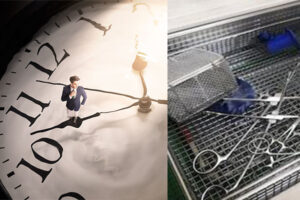
cleaning time
4. The longer the ultrasonic cleaner runs, the cleaner the parts will be – this is actually true, but only up to a point.
If running the washer for 3 minutes cleans the parts, running it for 5 minutes may make the parts cleaner. The level of cleanliness the part needs to be defined by the user. It may be “clean enough” after only 3 minutes, or it may take the full 5 minutes to be considered acceptable. However, there is only a limited amount of dirt on any part, and once it’s gone, it’s gone. In this case, if 100% of the contamination and debris are gone after 15 minutes of ultrasonic cleaning, running the washer for another 5 minutes will not remove any more dirt.
5. Medical and dental tools are not sterile if they are only ultrasonically cleaned – wrong.
Today, many dental clinics, medical clinics and hospitals only use ultrasonic cleaners to clean and sterilize their tools and instruments. With the right cleaning solutions, ultrasonic cleaners can remove all bacteria, mold, and protein contamination that may be present on tools.
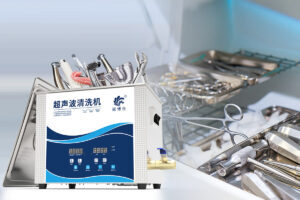
ultrasonic cleaner for dental equipment
6. Before putting parts in the ultrasonic cleaner, they must be wiped clean – err… well, kind of.
There is no need to remove any contamination from the part before starting the ultrasonic cleaning cycle, but wiping off excess oil, grease and grime can effectively reduce buildup or residue in the tank and help speed up the cleaning process.
Ultrasonic cleaners are extraordinary cleaning devices because they can process an almost endless variety of materials, remove a very wide range of contaminants, and can do it in minutes. For ultrasonic cleaning to be effective, the chemistry, temperature, and cycle time must be right; once the ideal combination is found, nearly anything can be ultrasonically cleaned safely and thoroughly.
https://www.facebook.com/Granbo-Ultrasonic-Cleaner-Equipments-109665878186199
 Granbo Sonic
Granbo Sonic






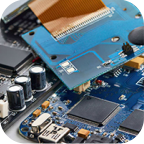


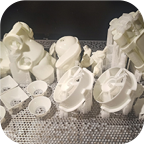

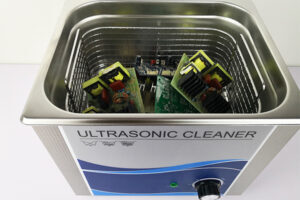
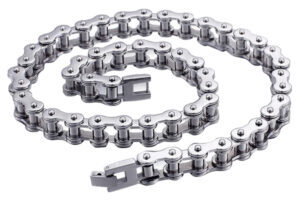




Hello!